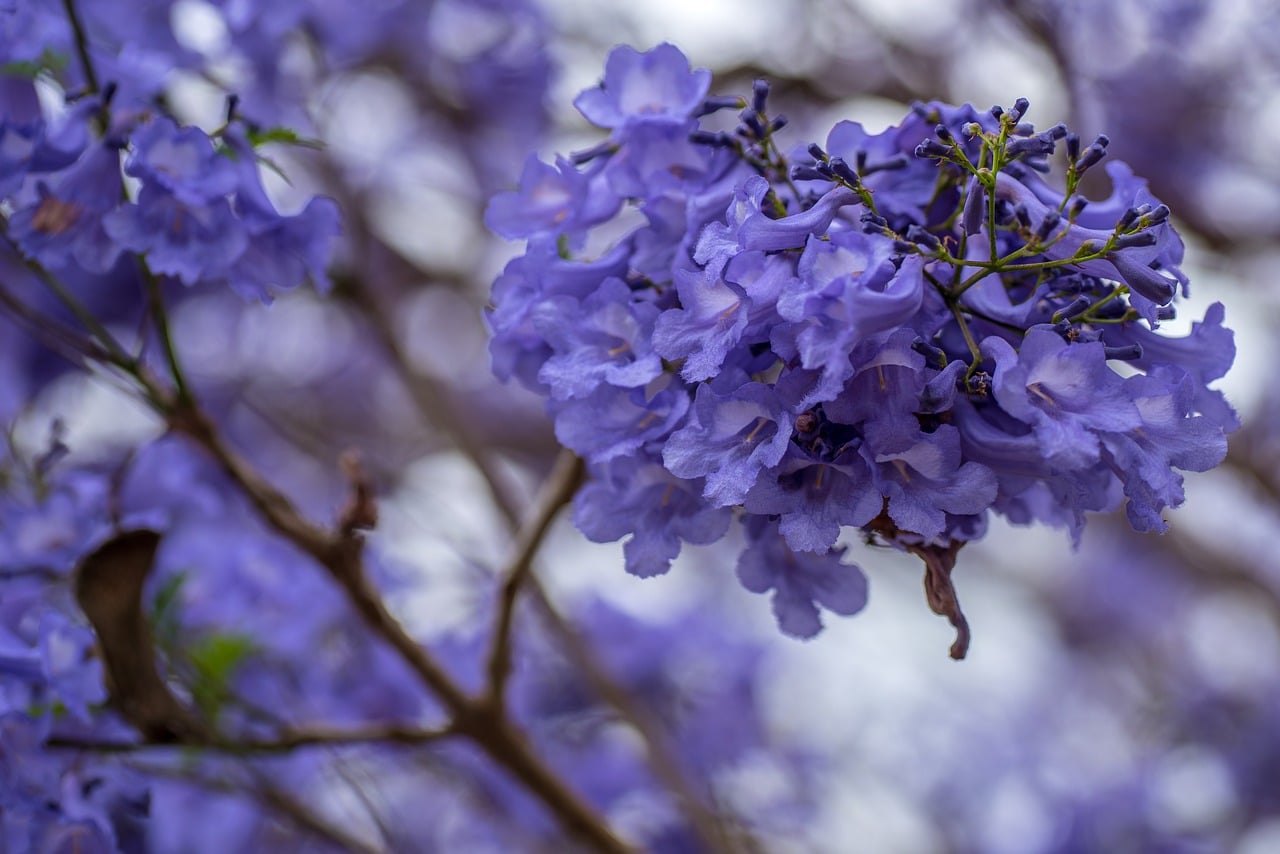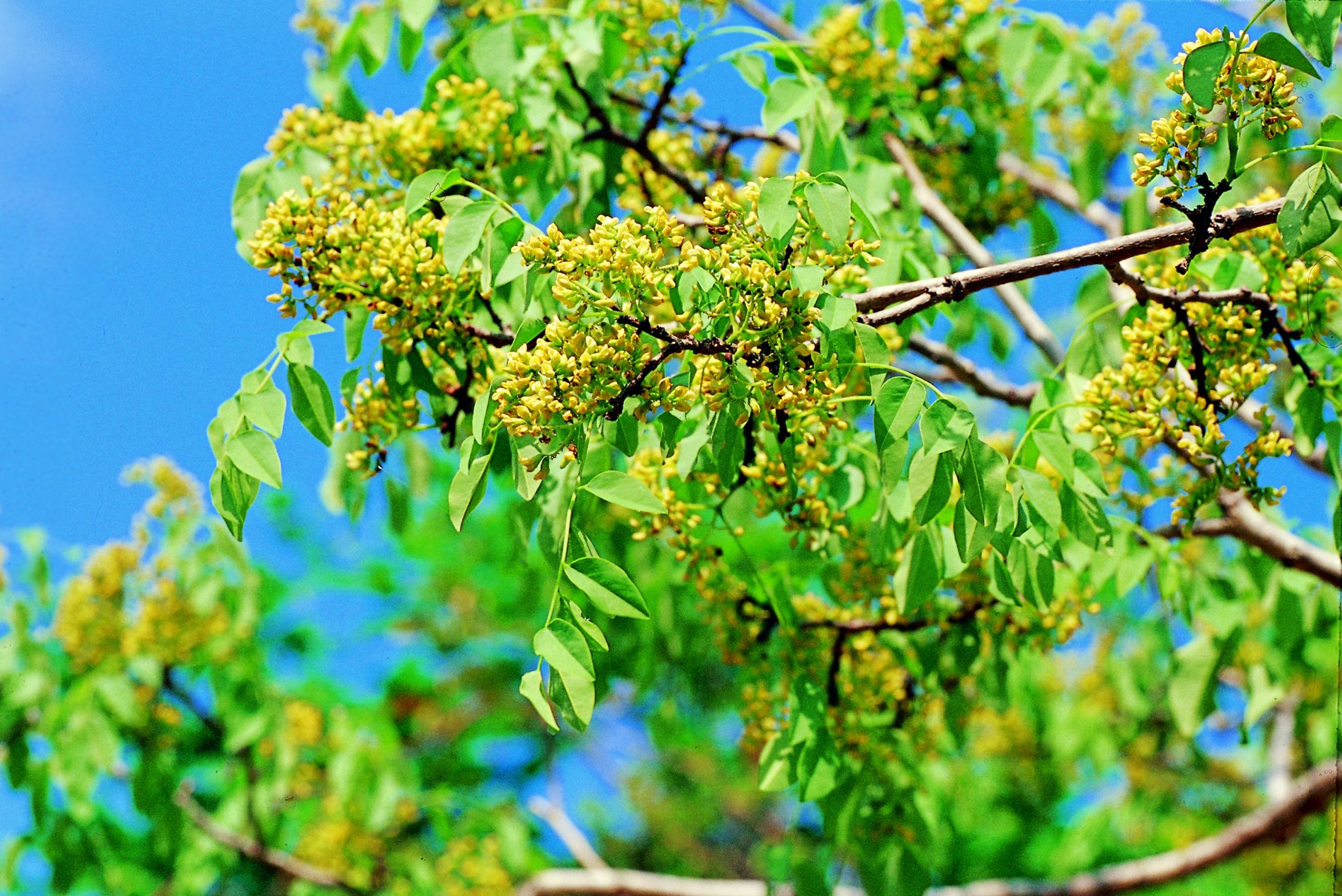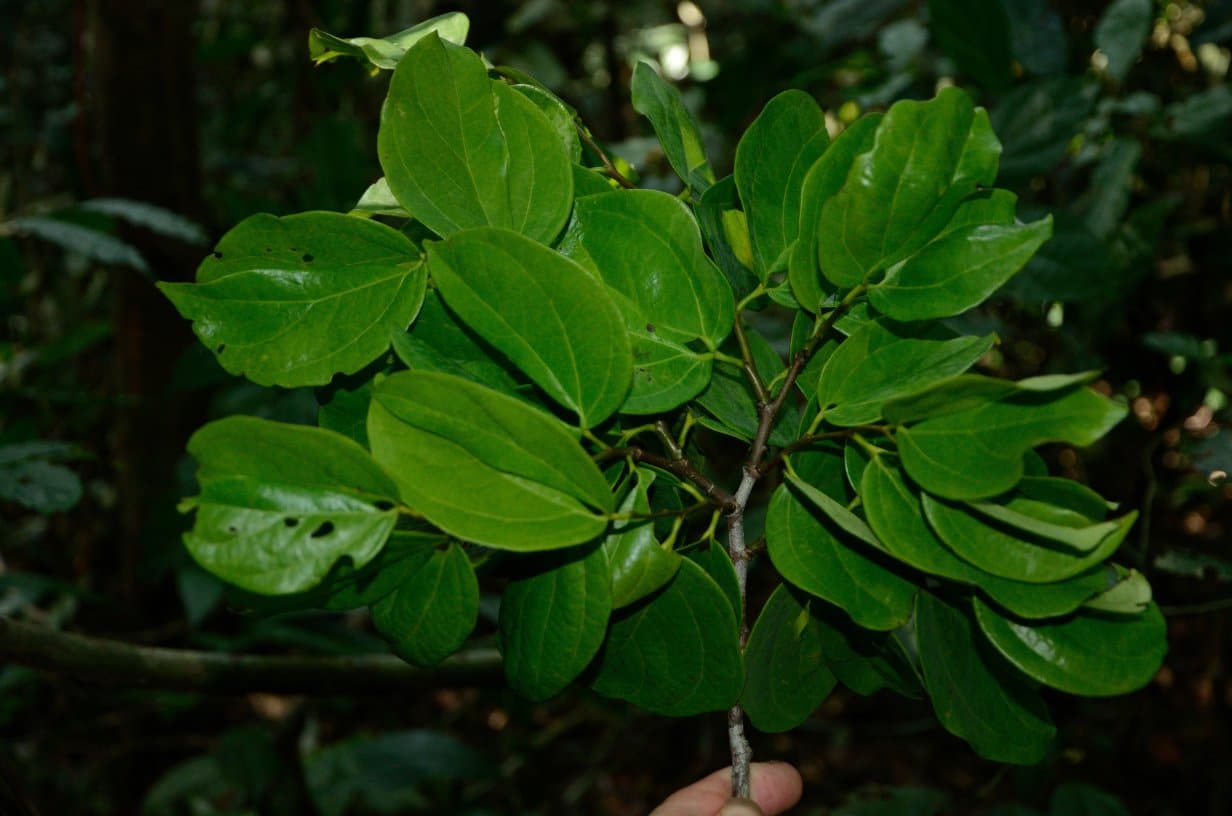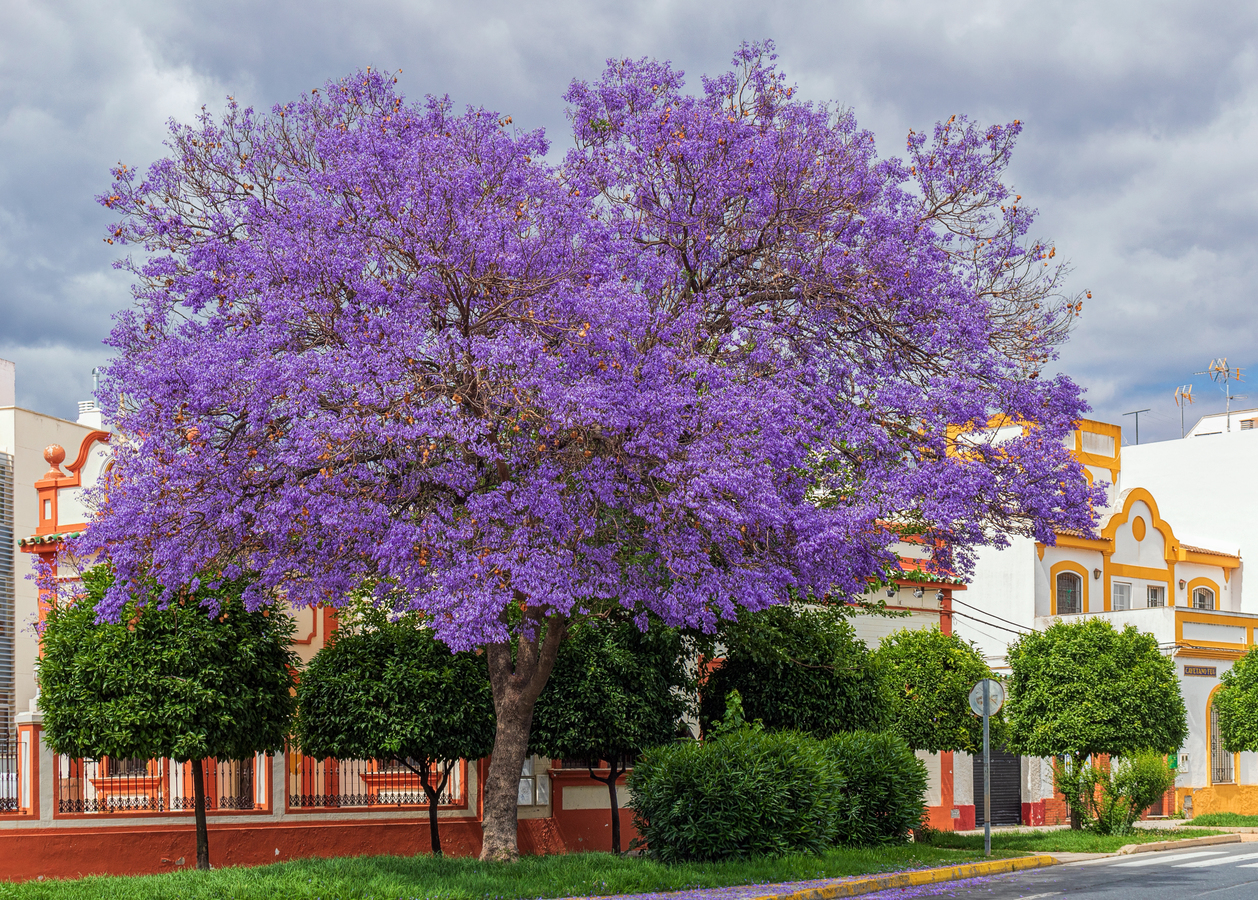
One of the many positive things about the fact that each town is different is the great cultural wealth that this our beloved planet houses. And that, although at first it has nothing to do with plants, when we look at the names we give them, some created from words from lost languages, others that refer to some particularity that catches our attention, we realize actually the green world is more involved in our day to day than we imagine.
However, sometimes the people of the towns use the same name to refer to a specific plant, such as rosewood. Both in Equatorial Guinea, as in Brazil and South America, they include that word in their vocabulary, and in each of these three countries the plant they call that is different from that of the other two. Do you want to know what they are?
What are the trees known as rosewood?
Trees are undoubtedly one of the most important plants for animals and the rest of the smaller plants that inhabit the earth's surface. In fact, it is said, and rightly so, that each tree can create a world of its own. But, focusing on rosewoods, these have great ornamental value for humans, and there are even other uses for them:
Rosewood from Brazil (dalbergia cearensis)

Image - Northwest Plants Dice Bank
The Brazilian rosewood, also known as palo violet, is a deciduous tree native to Brazil, specifically to Caatinga and the Atlantic Forest. It belongs to the Fabaceae family, and its scientific name is dalbergia cearensis. Its trunk tends to branch from below, and is between 15 and 25 centimeters thick and up to 10 meters high.
It is used for its wood, which is brown-violet and black, or black-violet, heavy and with great durability. It is also interesting as a garden plant, as it resists drought well; Although we do not recommend its acquisition if you are a sensitive person, as it can cause allergic reactions. For the rest, tell you that grown outdoors year-round in tropical climates without frost.
Rosewood of Equatorial Guinea (guibourtia ehie)

Image - Ehoarn Bidault
Another rosewood is that of Equatorial Guinea, whose scientific name is guibourtia ehie. It also belongs to the Fabaceae family, and is native from Liberia to Gabon. It grows to a height of 30 meters, and its trunk is straight and cylindrical with gray-green bark. The leaves are composed of deciduous leaflets. Its flowers are grouped in white inflorescences, and the fruit is a legume with a single seed.
It is used in luxury cabinetmaking, as well as in carpentry, to make decorative furniture, furniture, ... It is dark and, although it is hard, it can be cut easily. On the other hand, little or nothing is used in gardening, as it is a threatened species included in the Red List of the International Union for Conservation of Nature that you can consult here.
South American Rosewood (jacaranda mimosifolia)
The last rosewood, but no less interesting, is the South American. Its scientific name is jacaranda mimosifolia, and in fact another of the names by which it is known is jacaranda. It belongs to the Bignoniaceae family, and is native as we have said from South America. Reaches a height of 12 to 15 meters, rarely 20 meters, and its trunk tends to twist a little. The leaves are bipinnate, deciduous, evergreen or semi-evergreen depending on the climate. And its flowers are grouped in terminal panicles of blue-violet color.
It is used above all in gardens, as it provides good shade and does not require much maintenance. And if that was not enough, resists up to -7ºC. However, its wood has uses in interior carpentry, being light brown, light and easy to work with. And, yes, medicinal properties are also attributed to it; moreover, it is believed to be antitumor and spasmolytic.
What is the care of rosewood?
If you want to have a specimen of some rosewood -except for the one from Equatorial Guinea, as we remember that it is a plant that is threatened-, then we will tell you what are the basic care that you have to provide:
- Location: they are plants that must be outdoors, in full sun.
- Earth:
- Pot: fill it with universal substrate mixed with perlite in equal parts.
It is important that the pot where you are going to plant it has holes in its base so that any excess water can come out. - Garden: they grow in loamy soils, and with good drainage.
- Pot: fill it with universal substrate mixed with perlite in equal parts.
- Irrigation: in general they will be watered an average of 3-4 times a week during the summer (or dry season), and an average of 1-2 times a week the rest of the year.
- Subscriber: it is advisable to fertilize them from early spring to late summer with organic fertilizers, such as compost.
- Multiplication: by seeds in spring. Sow them in pots or seedling trays with specific substrate for seedlings (in vein here).
What do you think of the trees known as rosewood?
